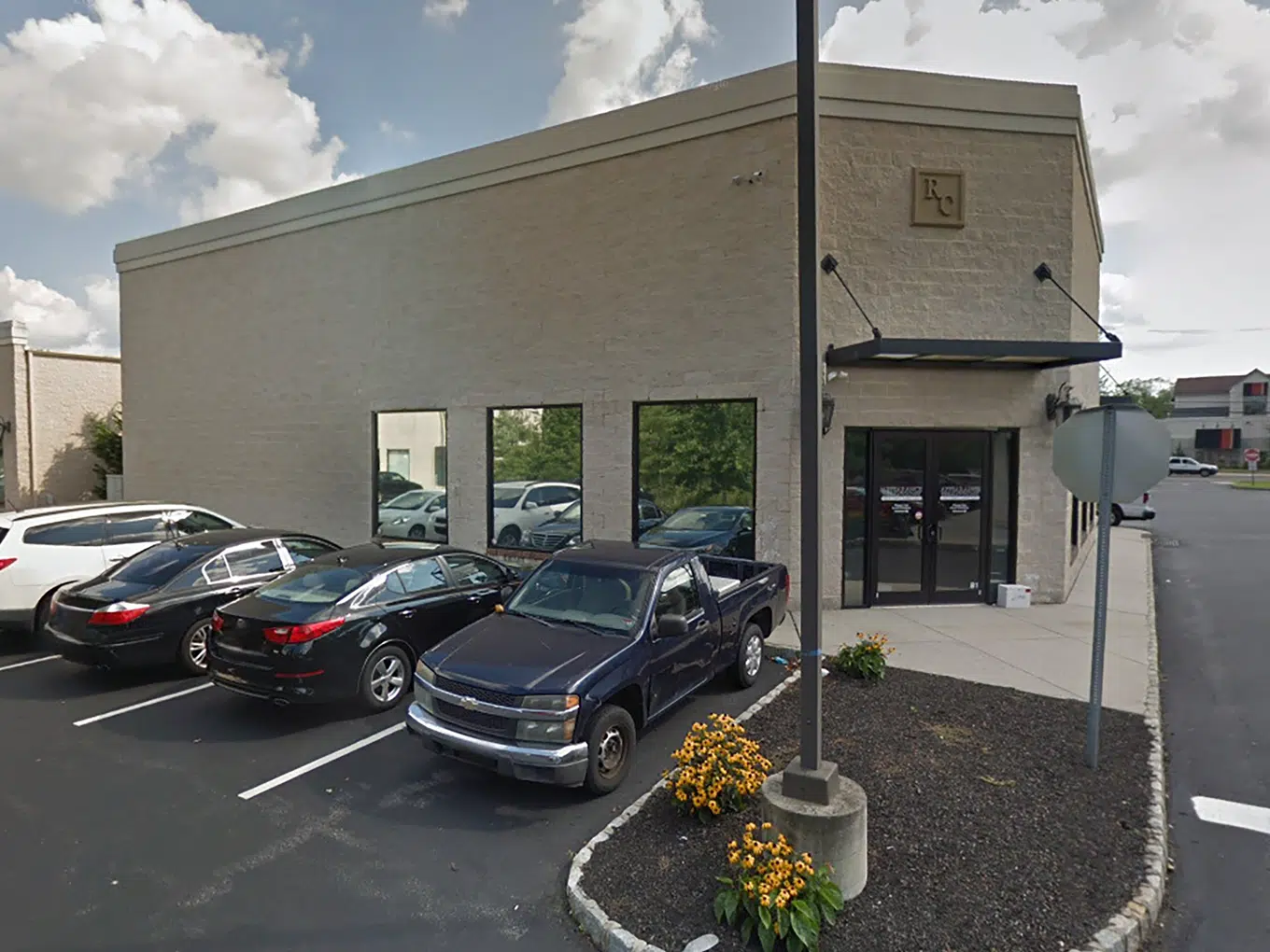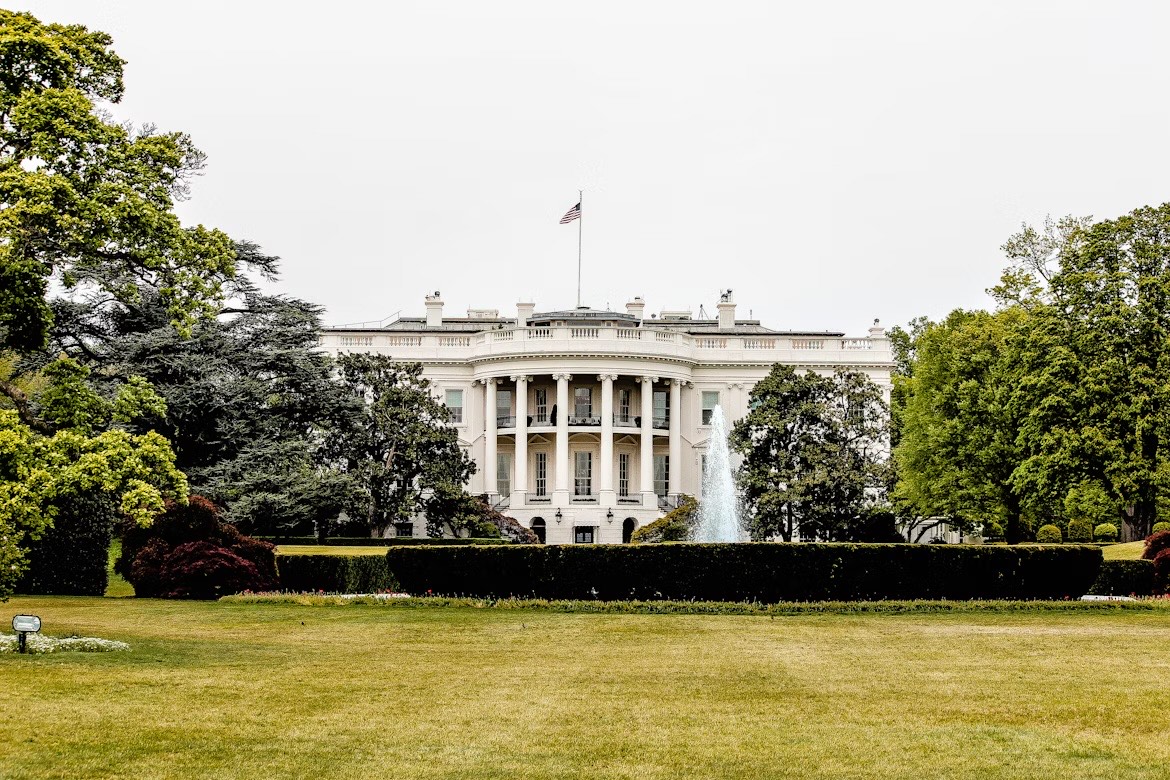By Gabriella Bancheri
Whether you’ve climbed to the top of the famous Margate elephant, simply driven past to marvel at her beauty and size, or have only seen representations of her (check her out on a mural in Terminal A next time you’re at Newark Liberty International), Lucy the Elephant’s fame as a National Historic Landmark is undeniable. In fact, she is the No. 1 non-gaming attraction people inquire about at the Atlantic City Visitor Information Center.
This iconic elephant offers magnificent views of the city, surrounding skyline, and the ocean. As an Absecon Island local, I know that a drive through Margate wouldn’t be the same without her.
Lucy’s history, much like the attraction herself, is rich and robust. Lucy was previously owned by the Gertzen Family from 1887 to 1970. When the family wanted to retire from running the attraction, the elephant stood waiting for her demolition two blocks away from its current home. That is, until the Save Lucy Committee (SLC) was organized by a group of locals who hoped for a better future for the landmark.
SLC co-founder Edwin Carpenter actually paid $1 for the elephant. In 1970 the organization was fully registered as a 501(c)(3) nonprofit and today there are 14 volunteer trustees on the committee: five are appointed by Margate City, and nine are voted in or appointed by the non-profit group.
Since Richard Helfant took over as director of the SLC in 2000, the structure’s status has been on the rise. Helfant, a local who started working at Lucy when he was in the seventh grade by selling candy door to door to raise money for her restoration – shows his passion for the historical monument in his everyday work.
When asked who owns the landmark, Helfant replied by saying, “In my heart, I feel the nonprofit owns the elephant. Afterall, we are the ones who saved her from the wrecking ball, raised all the money and restored her to her place on the world stage as the beloved landmark she is.”
Five years ago, however, their lease with the city was up. Because Lucy was located on land owned by the city, the mayor at the time declared that the city owned both the attraction and buildings on the property. Thus, the SLC had to agree to these terms in order to sign a lease.
The SLC recently completed a $2.4 million restoration of Lucy’s exterior. Funding came from a combination of donations, the work of the Save Lucy Foundation, and two grants – one from the National Park Service and one from the state.
In fact, the US Department of the Interior, an organization dedicated to preserving culture heritage, deemed Lucy nationally significant enough to award a grant.
The team at Save Lucy applied for the grant under the Save America’s Treasures program and it was awarded, making the renovations and Lucy’s revival possible.
Merchandise sales, tours, special events, and annual applications for state grants help pay for expenses. Also, Save Lucy applies for grants from the New Jersey Historical Commission and the Casino Reinvestment Development Authority. Although, there’s no guarantee they’ll get the grants they apply for.
The SLC expects its 2023 budgeted gross revenue to be $775,000. Its operating budget is approximately $750,000. The organization’s aim is to break even, as nonprofits are designed to do. Any excess goes toward an endowment, which partially enabled them to stay afloat during the COVID 19 pandemic and 15 months of restoration.
It’s clear that the attraction is a draw to the region, inviting tourists and locals to experience her charm. It’s no wonder that the 175,000 annual site visitors feed local economic growth. The present gift shop alone can hardly handle the volume of its visitors.
As COO and director of education, Jeremy Bingham explained, an investment in the future of Lucy would increase the attraction’s “self-sufficiency,” which is why Lucy requires a more accommodating space in order to thrive.
The proposed new visitor center, the plans for which have been devised and approved since 2003, will be paid for on a budget just shy of $4 million. The funding will come from grants and a contribution from the SLC of $1.5 million. The organization has also asked the city to match up to what they are contributing, since they legally own the property and buildings (including Lucy herself). While the city’s contribution to the building renovations would increase the tax rate (by a quarter of $.0025), it would open many doors for more foot traffic including school groups, bus tours and special events. The new center will increase revenue for the SLC, many surrounding businesses, and beyond.
There has been some controversy about the SLC accepting funding from the proposed ocean wind farms. A condition of their approvals on the federal and state level was to provide mitigation for nonprofits that could be affected by the wind farms. Lucy is one of those nonprofits and would have received $250,000. However, with the future of Orsted’s Ocean Wind 1 and 2 projects in jeopardy, the funding to the nonprofits may not happen.
On the wind project itself, Lucy is neutral. What the SLC is most concerned with is preserving the history which has stood tall and strong for so long. The Save Lucy Committee is dedicated to exactly what it says it is: saving Lucy.
The question of whether Margate should partially fund the project seems to not be a question at all. The city owns the asset, the land and the building. There must be a symbiotic partnership between the Save Lucy Committee and Margate City. Afterall, besides the beach and ocean, Lucy is Margate’s most valuable and recognizable Icon.
Plans for the building include an ocean-facing entrance, two ADA compliant bathrooms, a retail space that is more than two times the size of the current one (allowing the shop to sell over two times the current merchandise), as well as a breakroom for staff and a larger administrative office.
One of the most interesting planned additions is the interpretive center, giving less able-bodied individuals the chance to experience the attraction. People that cannot navigate Lucy’s winding stairs will be able to take virtual tours on computers in the interpretive center. The organization plans to use this space to offer virtual tours, historical education, meetings and conferences. The plans also include a generator to power essential services including the fire suppression system inside Lucy. The site does not currently have that luxury.
The Beach Grille, situated directly between Lucy and the beach, and adjacent to Ventura’s Greenhouse (by about 150 feet), is set to be removed during renovations. It began to see a decline as Margate’s demographic began to change since the 1980s. What was once a source of additional funding is now a liability. So instead, the plans include a recreation of the historic Margate boardwalk, giving Lucy more visibility from the beach and offering locals a sense of revived nostalgia and ADA access to the beach and the site.
Assuming that funding is secured, contracts are expected to be awarded in April and construction will begin in May. And if all goes according to plan, the new and improved site will be up and running by Memorial Day of 2025.
The SLC, however, is planning to keep the attraction open for business and tours throughout the entirety of the project, including a temporary smaller gift shop.
The plans must be approved by the New Jersey Historic Preservation Office. Removing the Beach Grille was a “trade off” with the HPO for permitting the SLC to build a much larger building than what is currently on the site. If you get hungry after climbing all those stairs, though, fear not — there will be a small food concession in the form of an old historic Hires Root Beer wagon located on site. The semi-permanent structure will provide food (and hopefully root beer) and will be movable in case of a storm.
Some of the most important things for locals and tourists to know is the historic importance of this structure, its growth, and that keeping up with this growth will increase marketing abilities and stimulate the local economy. The gift shop has, as Helfant described, “outlived its useful life.” In other words, it’s literally falling apart from the shingles down.
With a larger space to host events, market the site and sell merchandise, the SLC will have to ask for fewer grants and have a more promising future.
Helfant urges that the restoration and preservation of Lucy is an opportunity for people to join a “movement to preserve a beloved national treasure.”
The site will offer more economic opportunity and in turn more community benefits, working in symbiotic tandem to preserve both history and community, as it has always done.
Gabriella is a Ventnor City resident and graduate of the University of London with an MA in Creative Writing and Publishing. Her writing is featured in a variety of digital publications ranging from food and beverage to literature to ecotourism.









